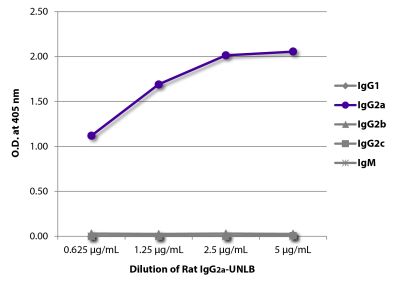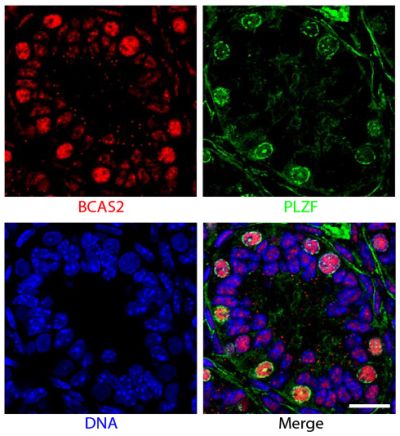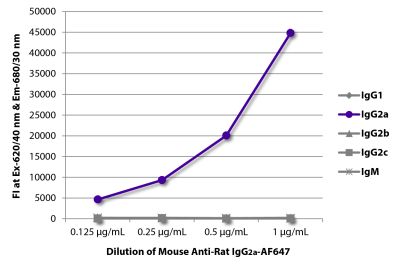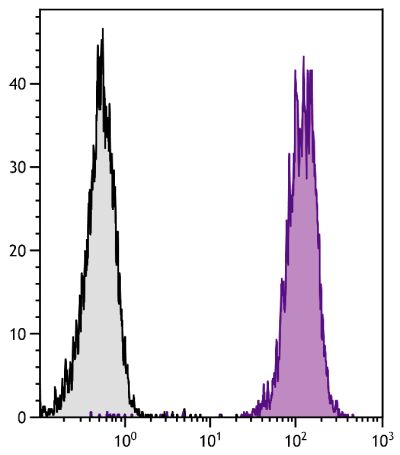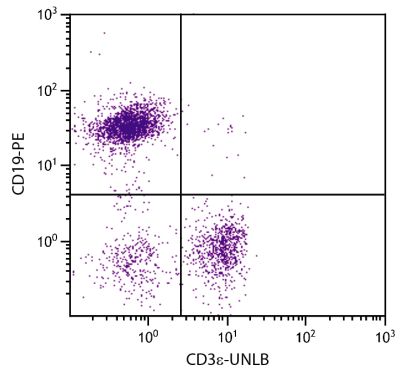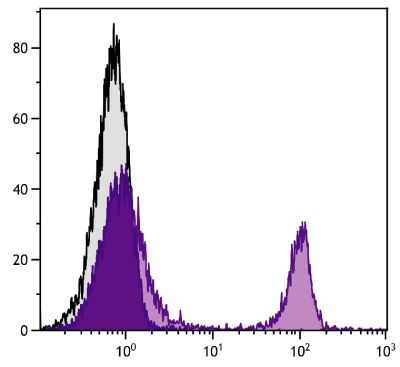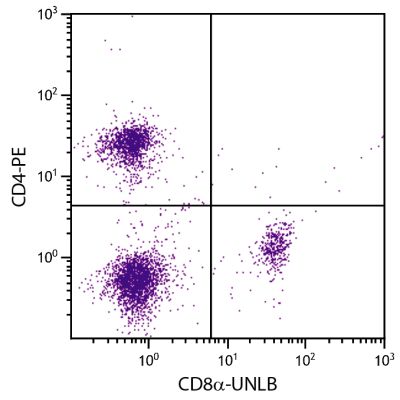Rat Anti-Mouse CD16/32-UNLB (93)
Cat. No.:
1630-01
Purified Anti-Mouse CD16/32 antibody for use in flow cytometry, immunohistochemistry, immunoprecipitation, and blocking assays.
$223.00
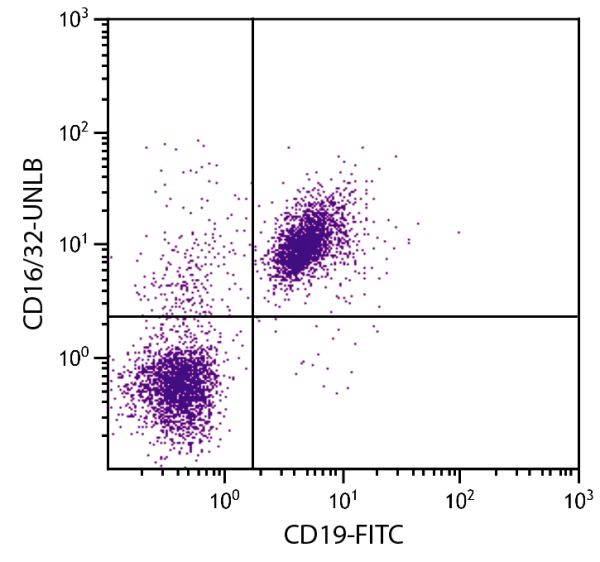

| Clone | 93 |
|---|---|
| Isotype | Rat IgG2aλ |
| Isotype Control | Rat IgG2a-UNLB (KLH/G2a-1-1) |
| Specificity | Mouse CD16/32 |
| Alternative Names | FcRγII, FcRγIII, Fc gamma II receptor, Fc gamma III receptor, FcFR2, IGFR2, FcGR3, IGFR3, Fc receptor block |
| Description | The lymphocyte Fcγ receptors recognize the Fc portion of IgG, presented either as immune complexes or as free antibody. The different classes of receptors are distinct because of varying size, tissue distribution and affinity for IgGs. The Fc type II receptor is expressed on a wide variety of cells including B cells, hematopoietic cells, monocyte/macrophages, neutrophils, platelets, Langerhans cells, eosinophils, basophils, trophoblasts, and endothelial cells of the placenta. The Fcγ type III receptors are higher affinity than the type II and are expressed on macrophages, NK cells and neutrophils. Both types of receptors can be expressed on the same cell and in varying ratios. The receptors are constitutively expressed, although cytokines and lymphokines can modulate their expression. Besides identifying FcγR+ cells, monoclonal antibodies to the FcγII/III receptor have been used to block Fc receptor binding of IgG, Fc-mediated signal transduction and effector functions, clearance of immune complexes and to attenuate infection by organisms dependent on FcγR for parasitic invasion. The monoclonal antibody 93 recognizes a conformational epitope formed by FcγII and FcγIII receptors. |
| Immunogen | VH81X Tg B cells and T220 stromal cell line |
| Conjugate | UNLB (Unconjugated) |
| Buffer Formulation | Borate buffered saline, pH 8.2 |
| Clonality | Monoclonal |
| Concentration | 0.5 mg/mL |
| Volume | 1.0 mL |
| Recommended Storage | 2-8°C |
| Applications |
Flow Cytometry – Quality tested 2,5 Immunohistochemistry-Frozen Sections – Reported in literature 6 Immunoprecipitation – Reported in literature 6 Blocking – Reported in literature 1-4 |
| RRID Number | AB_2795054 |
| Gene ID |
14131 (Mouse) 14130 (Mouse) |
| Gene ID Symbol |
Fcgr3 (Mouse) Fcgr2b (Mouse) |
| Gene ID Aliases | CD16; CD32; Fcgr2; Fcr-2; Fcr-3; Ly-17; LyM-1; Lym-1; fcRII; FcgRII; Fcgr2a; Ly-m20; AI528646; Fc[g]RII; F630109E10Rik |
| UniProt ID |
P08508 (Mouse) P08101 (Mouse) |
| UniProt Name |
FCGR3_MOUSE (Mouse) FCGR2_MOUSE (Mouse) |
Documentation
Certificate of Analysis Lookup
Enter the Catalog Number and Lot Number for the Certificate of Analysis you wish to view
- 1. Rainczuk A, Scorza T, Smooker PM, Spithill TW. Induction of specific T-cell responses, opsonizing antibodies, and protection against Plasmodium chabaudi adami infection in mice vaccinated with genomic expression libraries expressed in targeted and secretory DNA vectors. Infect Immun. 2003;71:4506-15. (Block)
- 2. Petersen LK, Xue L, Wannemuehler MJ, Rajan K, Narasimhan B. The simultaneous effect of polymer chemistry and device geometry on the in vitro activation of murine dendritic cells. Biomaterials. 2009;30:5131-42. (Block, FC)
- 3. Safari D, Dekker HA, Rijkers G, Snippe H. Codelivery of adjuvants at the primary immunization site is essential for evoking a robust immune response to neoglycoconjugates. Vaccine. 2011;29:849-54. (Block)
- 4. Petersen LK, Ramer-Tait AE, Broderick SR, Kong C, Ulery BD, Rajan K, et al. Activation of innate immune responses in a pathogen-mimicking manner by amphiphilic polyanhydride nanoparticle adjuvants. Biomaterials. 2011;32:6815-22. (Block)
- 5. He W, Hu Z, Liu F, Feng X, Zou P. In vitro co-stimulation of anti-tumor activity by soluble B7 molecules. Acta Biochim Pol. 2006;53:807-13. (FC)
- 6. Personal communication (IHC-FS, IP)
See More


